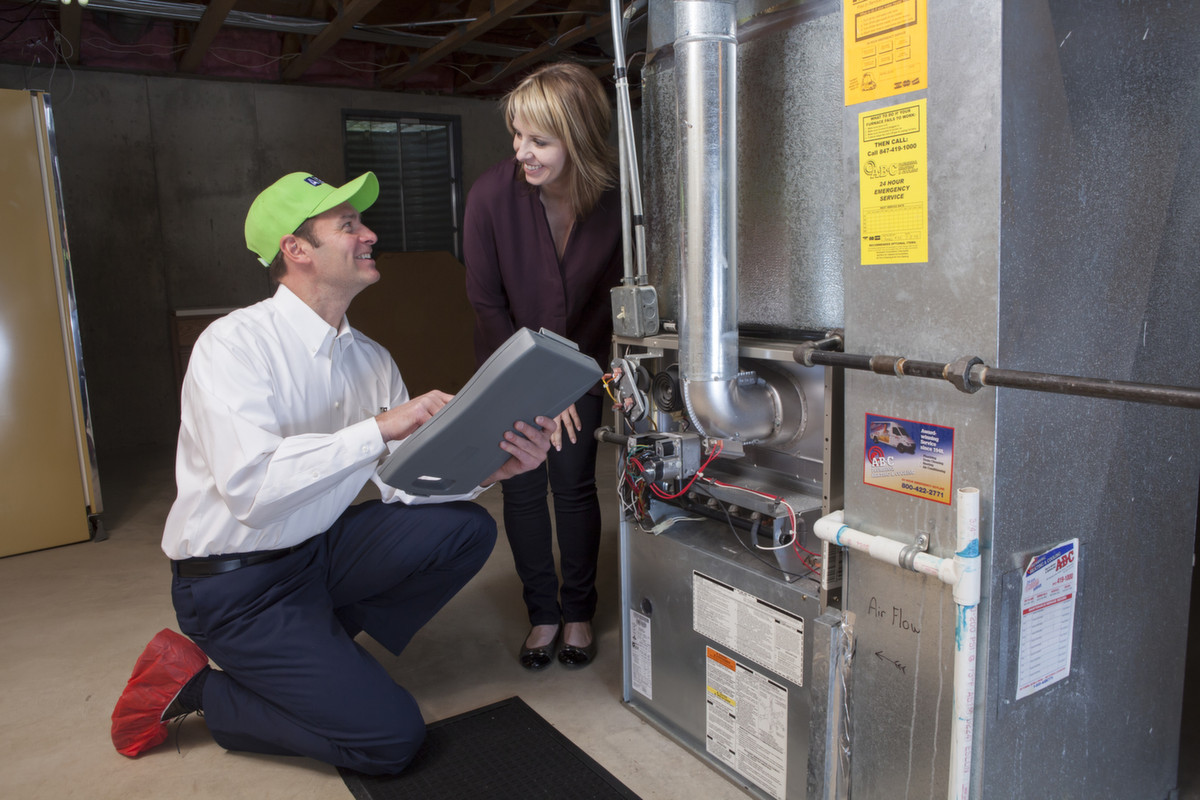
Warm is dispersed via your home in a range of means. Forced-air systems utilize ducts that can likewise be made use of for central air conditioning and heat pump systems. Radiant heating systems also have distinct warmth distribution systems. That leaves 2 warmth circulation systems-- steam radiators and also hot water radiators.
Heavy steam Radiators
Vapor home heating is just one of the oldest home heating innovations, however the procedure of steaming as well as condensing water is naturally less efficient than more modern-day systems, plus it usually deals with significant lag times in between the central heating boiler switching on and also the warm showing up in the radiators. Consequently, heavy steam systems make it difficult to execute control techniques such as a night setback system.
The initial main heating systems for structures made use of vapor circulation due to the fact that steam actions itself via piping without making use of pumps. Non-insulated steam pipes often provide unwanted warm to incomplete locations, making fiberglass pipe insulation-- which can withstand high temperatures-- very economical.
Normal maintenance for steam radiators depends on whether the radiator is a one-pipe system (the pipeline that provides steam also returns condensate) or a two-pipe system (a separate pipe returns condensate). One-pipe systems use automated air vents on each radiator, which hemorrhage air as vapor fills up the system and afterwards closed automatically when steam reaches the air vent. A clogged up air vent will certainly keep a steam radiator from heating up. An air vent stuck open allows heavy steam to continuously run away to the living space, raising family member humidity and losing gas. Air vents can in some cases be cleansed by steaming them in a water and also vinegar remedy, however generally require to be changed.
Heavy steam radiators can likewise warp the floor they are remaining on as well as their thermal expansion and also contraction with time can dig ruts into the floor. Both of these results can cause the radiator to turn, protecting against water from effectively draining from the radiator when it cools. This will certainly cause banging sounds when the radiator is heating up. Shims must be inserted under radiators to pitch them slightly toward the pipe in a one-pipe system or toward the steam catch in a two-pipe system.
In two-pipe systems, older heavy steam traps commonly embed either the open or shut setting, throwing off the balance in the system. If you seem to have problems with some radiators offering excessive heat and others supplying inadequate, this might be the cause. The best approach is typically to simply change all the heavy steam catches in the system.
Steam radiators situated on exterior wall surfaces can cause warmth loss by emitting warmth through the wall surface to the outdoors. To stop such heat loss, you can mount heat reflectors behind these radiators. You can make your own reflector from foil-covered cardboard, available from many structure supply shops, or by placing foil onto a foam board or other comparable protecting surface. The foil needs to face away from the wall, and the reflector ought to coincide dimension or slightly larger than the radiator. Occasionally clean the reflectors to preserve maximum warm representation.
Warm Water Radiators
Hot-water radiators are just one of one of the most usual warmth circulation systems in newer residences, 2nd only to forced-air systems. They are usually a baseboard-type radiator or an upright style that appears like vapor radiators. One of the most common issue in hot-water systems is unwanted air in the system. At the start of each heating season, while the system is running, go from radiator to radiator as well as open each hemorrhage valve somewhat, then close it when water begins to get away via the shutoff. For multi-level residences, start at the top floor as well as function your means down.
One method to conserve power in hot-water systems is to retrofit them to offer separate area control for various locations of large residences. Area control is most efficient when huge areas of the residence are not used frequently or are used on a different schedule than other parts of the house. A heating professional can install automated shutoffs on the hot-water radiators, regulated by thermostats in each zone of your home. Using programmable thermostats will enable you to instantly warm and also cool off sections of your house to match your use patterns.
Area control functions best in houses developed to operate in different heating areas, with each area shielded from the others. In homes not designed for area control, leaving one area at a reduced temperature can trigger comfort problems in adjacent spaces since they will lose heat to the cooler parts of the home. Area control will likewise hvac tuneup work best when the cooler sections of the house can be separated from the others by closing doors. In many cases, new doors might be needed to separate one location from an additional. Cooler parts of the home need to be kept around 50 ° F to stop pipes from freezing. Never ever shut off warmth completely in an extra part of your house.